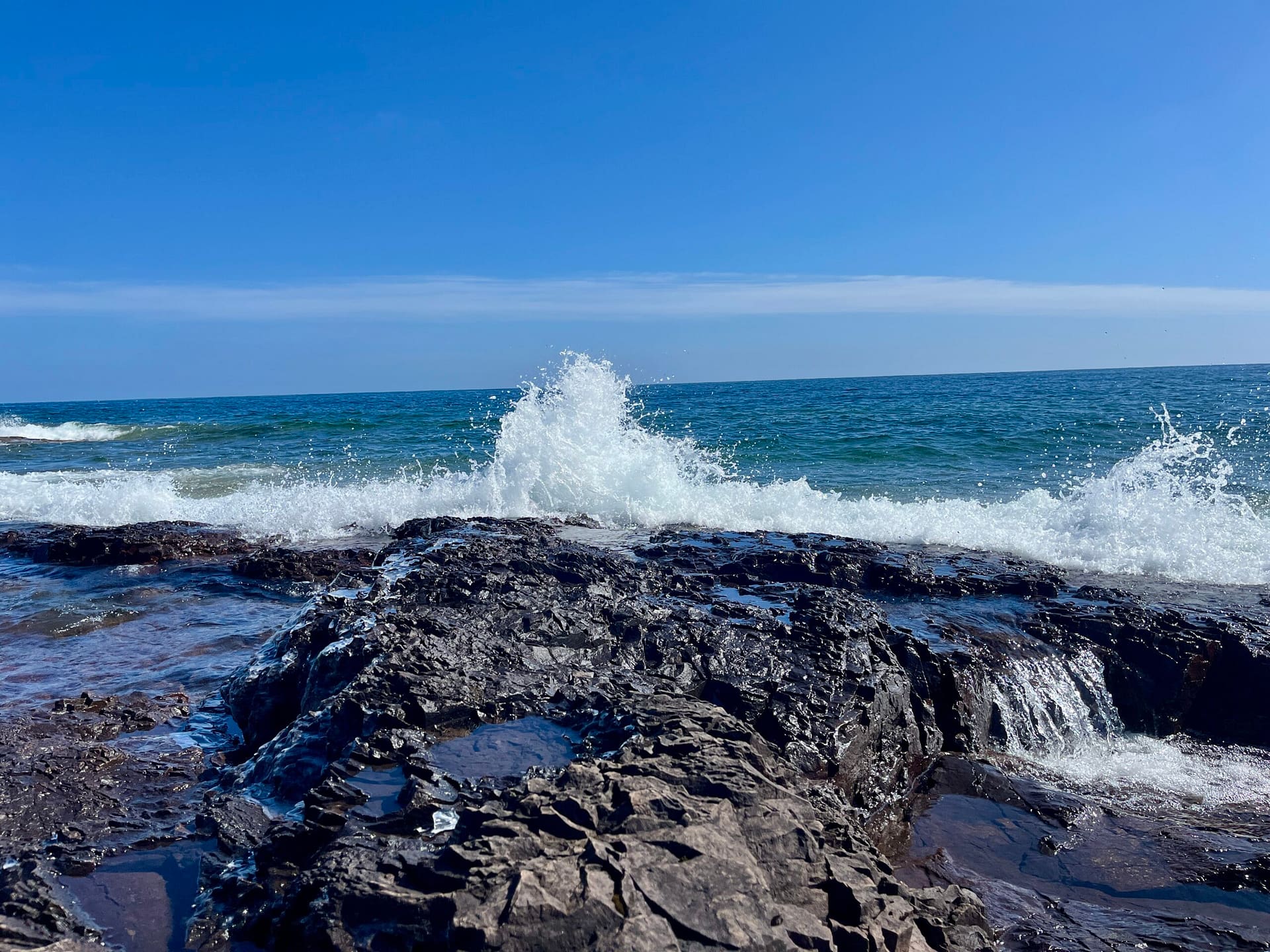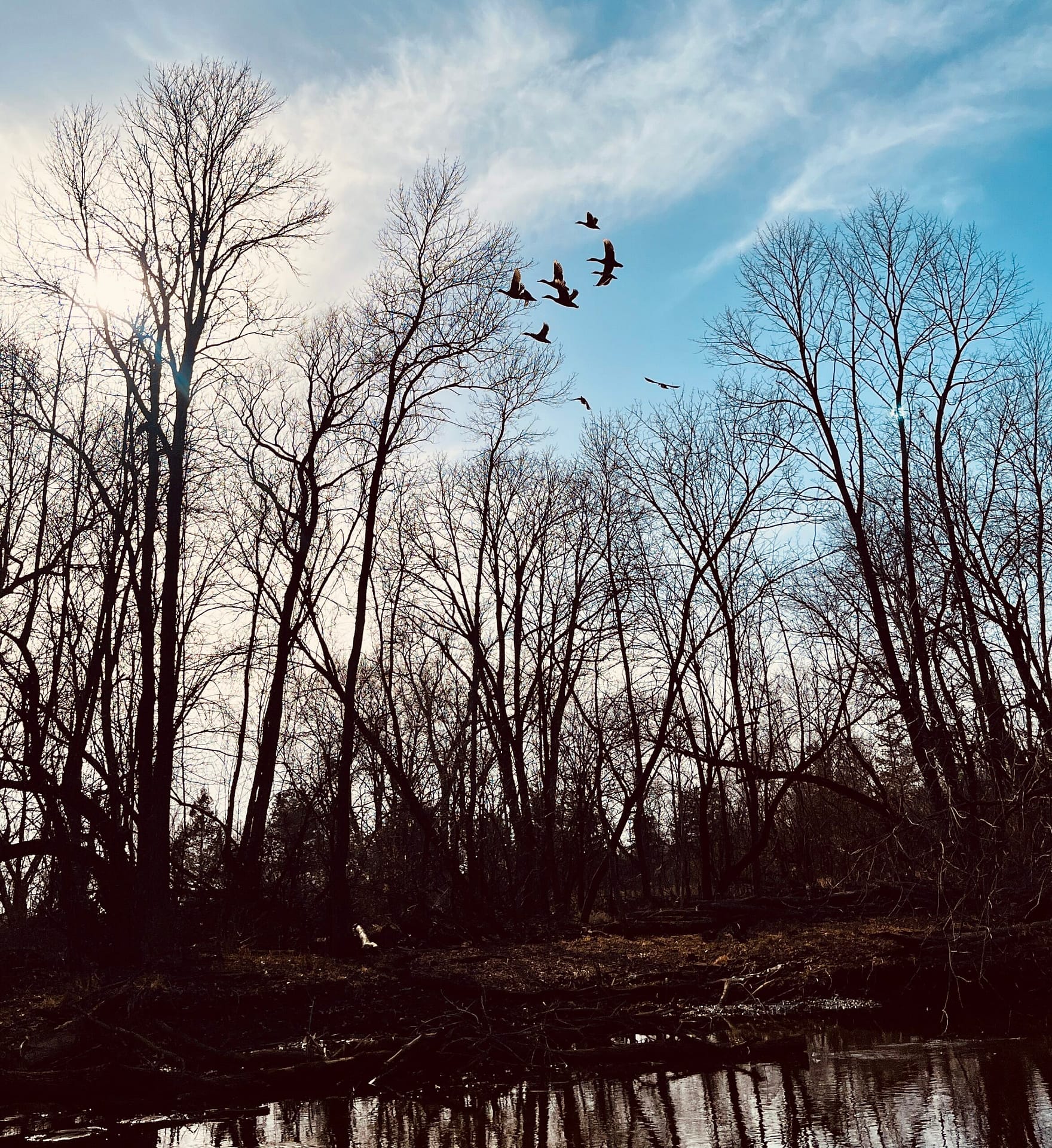Stress is common to all people. While it can be short-term and motivating (meeting a deadline), it can also be harmful (prolonged financial issues and relationship fractures). You can stress less with the healing power of nature therapy. While nature won’t fix a bank account or mend a relationship, we can engage in therapeutic practices and self-care to find stress relief.
Neglecting to address prolonged stress can (and likely will) result in mental and physical problems (chronic anxiety, pain, lowered immunity, etc.). We must address stress to remain healthy. Science has proven this to be true, and the data shows stress is on the rise. The information linked here speaks for itself.
While I know nature therapy isn’t a quick fix to chronic stress, it can help provide stress relief in the moment. And, if practiced regularly, it will make a significant difference. Plus, there are bonuses: it is free and comes with no negative side effects!
In fact, the healing powers of nature on the body and mind are positive. Being outside and engaging with nature can produce amazing results, including:
- Provide a sense of calm
- Lower blood pressure
- Foster a creative mind
- Reduce anxiety
- Improve mood
- Boost immunity
- Improve sleep
While there are countless ways to use nature therapy for stress relief, I’ll share three of my favorites: intentional mind wandering, grounding, and listening to nature sounds.
Let Your Mind Wander
Mind wandering in nature is the practice of deliberately allowing your thoughts to drift like clouds as you engage your imagination. Intentional mind wandering is one of my all-time favorite things to do outside. As a kid, I was a professional dreamer (unintentional mind wandering). I’d daydream during class or while I was doing chores at home. I also loved to lie on my back and watch clouds drift beneath a cerulean sky.
Clouds are a perfect subject for this form of nature therapy. They offer endless shapes and opportunities to create castles and dragons, balloon animals, and other images. Whatever your mind can imagine!
When allowing your thoughts of life (work, bills, problems, etc.) to drift away, something magical happens. You find yourself in a more relaxed state.
Intentional mind wandering is done with conscious effort (unlike daydreaming instead of listening to a lecture). It is a decision to give the mind over to imaginings about things outside, in the natural environment. While you are aware you are doing it, you become less aware of everyday problems as you practice it.
Other ways (besides cloud watching) to practice intentional mind wandering include sitting near a body of water or watching trees sway in the wind. Near water, you can allow yourself to watch the ripples and waves move about. What do you imagine is happening beneath the surface? Perhaps you see a water bug and imagine it is skating across the water.
In the case of trees swaying in the wind, this can be a mesmerizing and relaxing thing to do. Find a place to sit or recline and enjoy letting your troubling thoughts drift away on a breeze. The possibilities for intentional mind wandering are endless. You can simply allow yourself to daydream as you go for a walk. Use your imagination and find a place outside to engage in this therapeutic practice.
How to Practice Grounding
Grounding is a technique that can help you be present in the moment. I ruminate on the past or worry about the future. I have worked hard to live in the present (the only place I can truly be) but sometimes find myself elsewhere in my mind. It creeps up on me and takes me by surprise.
I used to think the term “grounding” was a bunch of hooey. Really, who makes this stuff up? That’s how I used to think, anyway. Now, I’ve come to understand the value in the practice and how it can help reduce anxiety and encourage homeostasis.
While grounding can be done anywhere by breathing or progressively relaxing muscles, I like to do outdoor methods to engage nature. In this form, grounding is called “earthing” and is a beneficial boost for mental health.
The method includes a strong sense of touch; barefoot is best. However, during cold weather months, this is not appealing to many people. (I love to be barefoot in the snow, if only for a short time!)
Grounding is connecting your body to the earth. While this might sound strange to some, it really is simply connecting with nature in a way that offers a sense of belonging. We are born with an innate connection to nature and, if not nurtured as we age, can find ourselves detached from nature.
I’m not suggesting we somehow become one with nature. Hey, if you’re into that, you do you. I’m more in the connect with nature camp than be nature. I am simply suggesting the importance of being connected to the natural world and how it is an important part of our health.
Some forms of grounding (earthing) are walking barefoot, submerging in a body of water, lying on the ground, gardening, or pressing your hands on the ground. During cold months, you can make a snowball with your bare hands. Or, if you’re like me, walk barefoot in the snow for a few minutes.
Listen to Nature Sounds
The sounds of nature are countless! It is this nature therapy practice that can be done indoors or out, but I enjoy being outside for this whenever possible. There is vast evidence that tells us listening to nature sounds is stress relieving and beneficial for health.
Listening to water—a babbling brook, crashing waves—has a positive impact on your mind and body. Many people listen to sounds of water movement while trying to fall asleep. Listening to birds sing relieves anxiety and can lessen depressive feelings.
There are so many sounds in nature to seek out, including leaves in the wind, buzzing of bees, frogs, thunder, trees creaking, and ice sounds. The sound of ice during wintertime is a favorite of mine. The noises come when it expands or contracts, creating vibrations.
I live in a suburban area and spend time in a nearby city, so noise pollution is an issue. I hear a lot of traffic, human noises, airplanes, and sirens. I don’t mind city noise so much, but I think my nervous system does more than I realize. Seeking out nature noises is one of my main remedies for noise pollution. Here is an interesting article by Harvard Medicine on how noise can affect health.
If you want more nature therapy practices for stress relief, check out my blogs on forest bathing and patterns in nature.
Whatever you do to practice stress reduction, nature is an available and effective resource and health promoter. If you are able, I suggest getting outside and practicing a form of nature therapy. While nature won’t solve your personal problems, it will help remedy related stress. Give yourself the gift of nature therapy. Unplug. Let your mind wander. Go barefoot (even in the snow!), and find yourself destressing, naturally.


